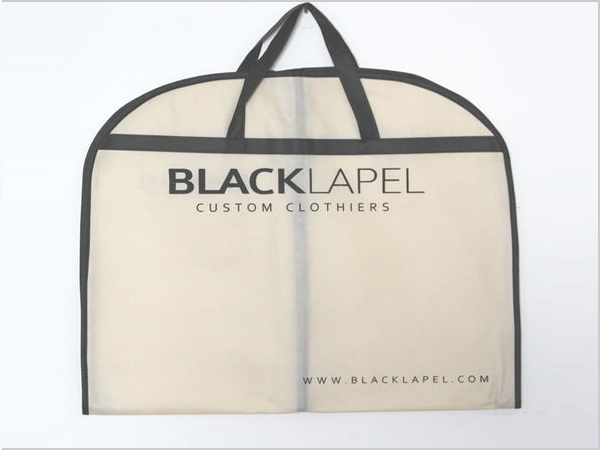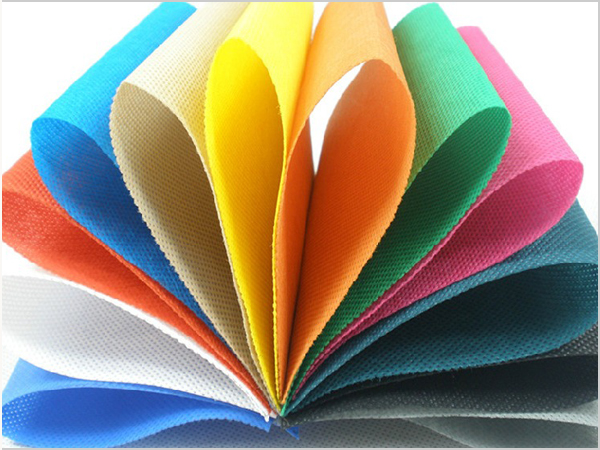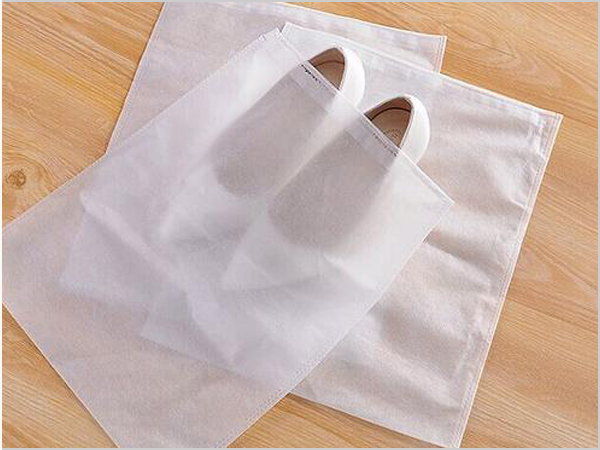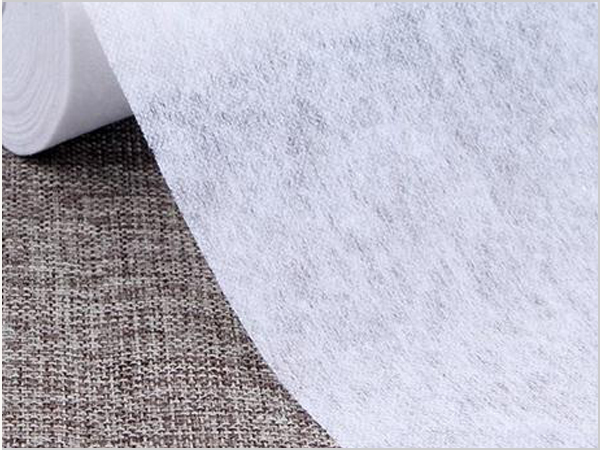- Why can spunbond nonwoven fabric dominate the market?
- Foreign trade exports are moving forward under pressure, with both resilience and challenges coexisting
- Explore the environmental protection characteristics and application fields of PP non-woven fabric
- The rise of the Latin American market is expected to become a new growth pole for China's textile foreign trade
- The production process of spunbond nonwoven fabric determines its unique characteristics!

- Telephone: 0551- 66779966
- Cellphone: 18955130444
- Email: 58792982@qq.com
- Address: Building 1-2, East of Wubu Village Section, Hehuai Road, Wushan Town, Changfeng County, Hefei City, Anhui Province
In the production process of spunbond nonwovens, various factors may affect the physical properties of the product. Analyzing the relationship between these factors and product performance will help to correctly control the process conditions and obtain polypropylene spunbond non-woven products with good quality and wide applicability. Here, we will briefly analyze the main factors affecting the physical properties of spunbond non-woven fabrics and share them with you.
1. Melt index and molecular weight distribution of spunbond non-woven polypropylene chips
The main quality indicators of polypropylene chips are molecular weight, molecular weight distribution, isotacticity, melt index and ash content. The molecular weight of PP chips used for spinning is between 100,000 and 250,000, but practice has proved that the rheological properties of the melt are the best when the molecular weight of polypropylene is about 120,000, and the maximum allowable spinning speed is also high. . Melt index is a parameter that reflects the quality of melt rheology. The melt index of polypropylene chips for spunbond is usually between 10 and 50. In the process of spinning into a web, the yarn is drawn only once by airflow, and the draft ratio of the yarn is limited by the rheological properties of the melt. The larger the molecular weight, the smaller the melt index, the worse the rheology. The smaller the draft ratio obtained, the larger the fineness of the filaments obtained under the same conditions of melt discharge from the spinneret holes, so the spunbond non-woven fabric exhibits a hard hand feeling. If the melt index is larger, the viscosity of the melt will decrease, the rheology will be better, and the resistance of drafting will decrease. Under the same drafting conditions, the drafting ratio will increase. As the orientation of macromolecules increases, the breaking strength of the spunbonded nonwoven fabric will increase, and the fineness of the filaments will decrease, making the fabric soft to the touch. Under the same process, the higher the melt index of polypropylene, the smaller its fineness and the greater the breaking strength.
The molecular weight distribution is often measured by the ratio (Mw/Mn) of the weight average molecular weight (Mw) of the polymer to the number average molecular weight (Mn), which is called the molecular weight distribution value. The smaller the molecular weight distribution value, the more stable the rheological properties of the melt and the more stable the spinning process, which is beneficial to increase the spinning speed, and has lower melt elasticity and elongational viscosity, which can reduce spinning stress. Make PP easier to stretch and thinner, obtain finer denier fibers, and have better web-forming uniformity, with good hand feeling and uniformity.
2. Spinning temperature of spunbond non-woven fabric
The setting of the spinning temperature depends on the melt index of the raw material and the requirements for the physical properties of the product. The higher the raw material melt index, the higher the spinning temperature correspondingly, and vice versa. The spinning temperature is directly related to the melt viscosity, and the temperature is low. The viscosity of the melt is high, spinning is difficult, and it is easy to produce broken filaments, stiff filaments or thick filaments, which affect the quality of the product. Therefore, in order to reduce the melt viscosity and improve the rheology of the melt, the method of increasing the temperature is generally adopted. The spinning temperature has a great influence on the structure and properties of the fiber. The lower the spinning temperature, the higher the elongational viscosity of the melt and the greater the drawing resistance, the more difficult it is to draw the thread. To obtain fibers of the same fineness, the drafting airflow speed should be higher when the temperature is low. Therefore, when other process conditions are the same, when the spinning temperature is low, the fiber is difficult to draft. The fineness of the fiber is relatively large, and the degree of molecular orientation is relatively low. The performance of the spunbonded non-woven fabric is that the breaking strength is relatively low, the elongation at break is relatively large, and the hand feel is harder. When the spinning temperature is relatively high, the fiber draft is better, Its fineness is small, and its molecular orientation is high. It shows high breaking strength, small breaking elongation and soft hand feeling on spunbonded non-woven fabrics. However, it is worth noting that under certain cooling conditions, if the spinning temperature is too high, the resulting filaments will not be cooled enough in a short time, and some fibers will break during the drafting process, which may cause defects. In actual production, the spinning temperature should be 220-230℃.
3. Cooling and molding conditions of spunbond non-woven fabric
During the forming process of spunbond nonwoven fabric, the cooling rate of the thread has a great influence on the physical properties of spunbonded nonwoven fabric. If the molten polypropylene can be cooled quickly and uniformly after coming out of the spinneret, its crystallization rate will be slow, and the crystallinity will be low. The resulting fiber structure is an unstable disc-like liquid crystal structure, and the possible drawing multiple during drawing is Relatively large, the orientation of the molecular chain is better, which can further increase the crystallinity, increase the strength of the fiber, and reduce its elongation. It is shown in the spunbond non-woven fabric that the breaking strength is higher and the elongation is lower; if it is cooled slowly , The obtained fiber has a stable monoclinic crystal structure, which is not conducive to the drafting of the fiber. It is manifested in the spunbond non-woven fabric as having a small breaking strength and large elongation. Therefore, in the molding process, the method of increasing the cooling air volume and reducing the temperature of the silk chamber is usually used to increase the breaking strength of the spunbonded non-woven fabric and reduce the elongation. In addition, the cooling distance of the thread is also closely related to its performance. In the production of spunbonded non-woven fabrics, the cooling distance is generally selected between 50 and 60 cm.
- Why can spunbond nonwoven fabric dominate the market?
- Foreign trade exports are moving forward under pressure, with both resilience and challeng
- Explore the environmental protection characteristics and application fields of PP non-wove
- The rise of the Latin American market is expected to become a new growth pole for China's
- The production process of spunbond nonwoven fabric determines its unique characteristics!
- The global trade landscape is undergoing significant changes in 2025
- The 11th China International Silk Conference was held in Shengze
- What are the core advantages of spunbond nonwoven fabric?
- What are the magical aspects of the manufacturing process of spunbond nonwoven fabric?
- The textile industry is enjoying dual policy benefits



